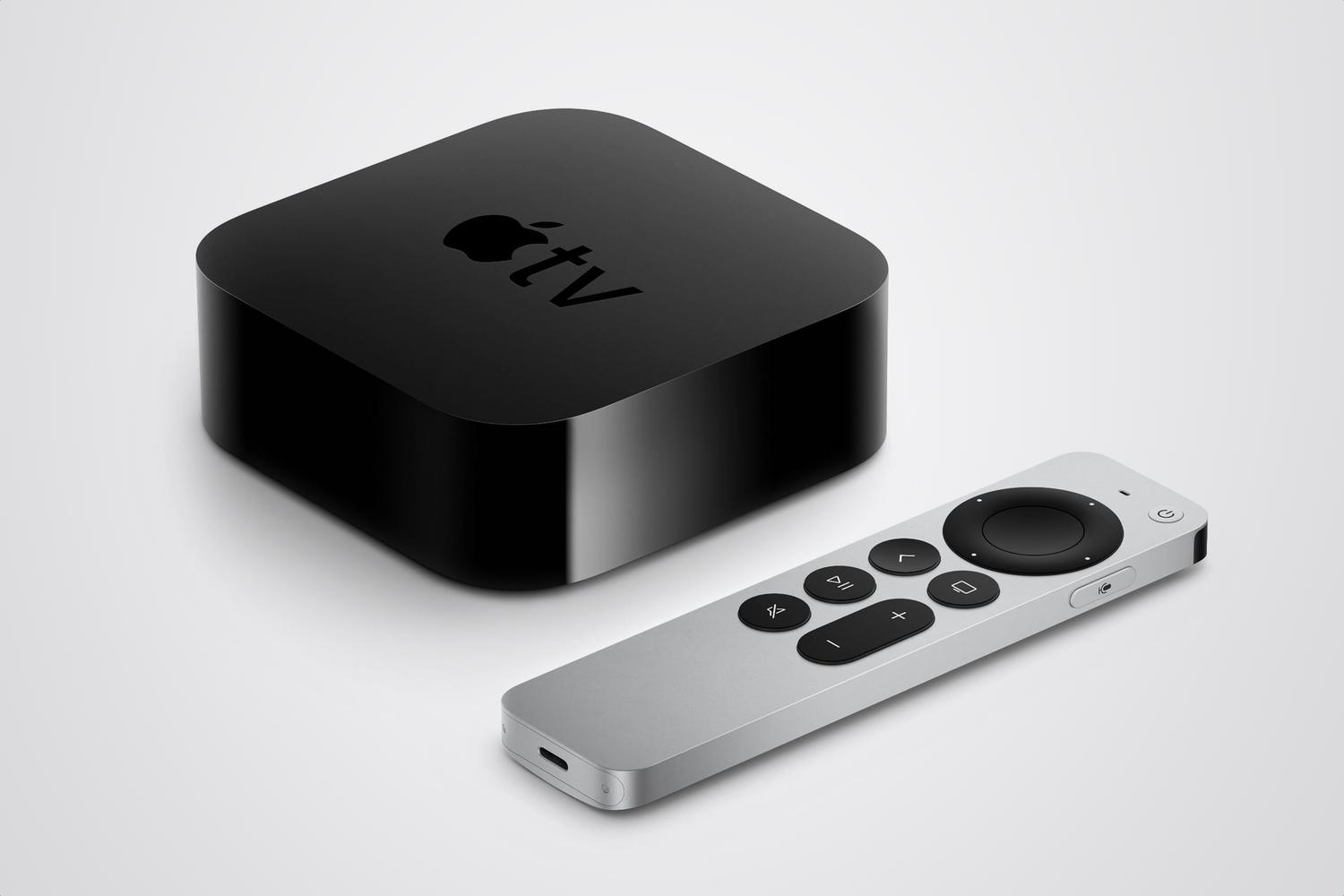Coral NPU is an open-source full-stack platform designed to help hardware engineers and AI developers overcome the limitations that prevent integrating AI in wearables and edge devices, including performance, fragmentation, and user trust.
Coral NPU is specifically designed to enable all-day AI apps to run on battery-powered devices with efficient energy consumption and configuration options for high-performance use cases:
For AI to be truly assistive — proactively helping us navigate our day, translating conversations in real-time, or understanding our physical context — it must run on the devices we wear and carry. This presents a core challenge: embedding ambient AI onto battery-constrained edge devices, freeing them from the cloud to enable truly private, all-day assistive experiences.
Google researchers mention detecting user activity, environment, audio and image processing (including speech detection, live translation, and facial recognition), and gesture recognition as potential use cases for hardware built using the Coral NPU platform.
Integrating AI into wearables and edge devices involves three key dimensions that the Coral NPU platform seeks to address: bridging the gap between the limited computational power of edge devices and the demands of state-of-the-art LLMs; helping developers overcome device fragmentation caused by the wide variety of proprietary processors and hardware used in edge computing; and ensuring that user data remains protected from unauthorized access.
The Coral NPU architecture directly addresses this by reversing traditional chip design. It prioritizes the ML matrix engine over scalar compute, optimizing architecture for AI from silicon up and creating a platform purpose-built for more efficient, on-device inference.
In particular, Coral NPU enforces privacy using techniques like CHERI to provide fine-grained memory-level safety and scalable software compartmentalization to create an hardware-enforced sandbox.
Coral NPU is based on a set of RISC-V ISA compliant architectural IP blocks, with it base design delivering 512 giga operations per second (GOPS) while consuming a few milliwatts. As a comparison, the original, non-open source version of Google Coral provided 4 TOPS consuming ~1 watt. This
The platform includes three basic components: a scalar core managing data flow, a vector execution unit compliant with the RISC-V Vector instruction set, and a matrix execution unit designed to accelerate neural network operations.
On the programming side, the Coral NPU architecture is integrated with modern C compilers like IREE and TFLM and support several ML frameworks, including TensorFlow, JAX, and PyTorch.
To maximize performance, Google researchers have created a sophisticated toolchain where ML models created using TensorFlow, JAX, or PythonTorch are converted to a general-purpose intermediate representation (MLIR) which is then translated into successive dialects, each closer to the machine’s native language. The outcome of this progressive lowering phase is finally compiled into a binary file.
As a final note, Google Research collaborated with Synaptics to build the first IoT processor implementing this new architecture.
The Coral NPU platform is available on GitHub.









